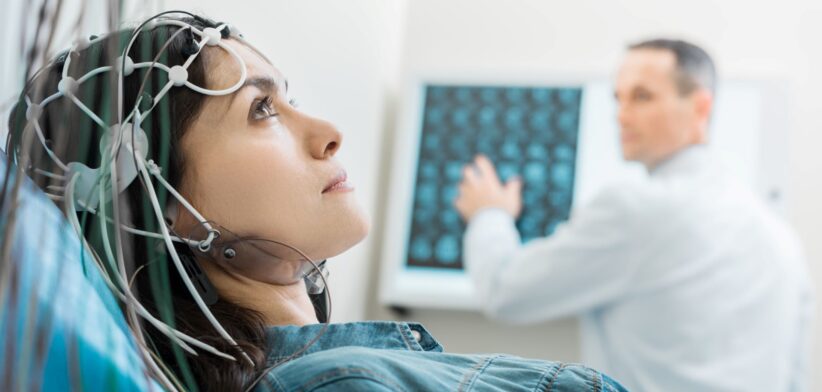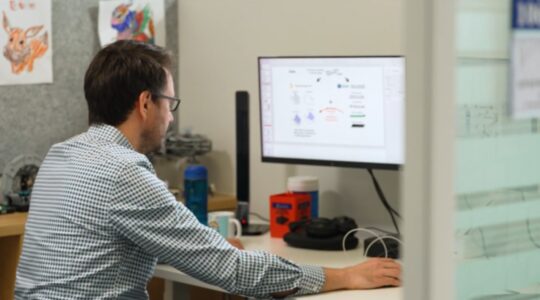Brain monitoring technology could be integrated into gaming in less than 20 years, while the potential to read a person’s dreams has divided global experts.
In a study to mark 100 years since the human brain’s electrical activity was first recorded, experts shared their predictions and priorities.
Co-author Dominik Welke of the University of Leeds, in England, said since the first recording in July 1924, human electroencephalography (EEG) had been integral to the understanding of brain function and dysfunction.
Dr Welke said the study team spoke to 500 experts, with 6685 years of collective experience, about future possibilities.
He said the list featured an array of innovations that the experts said could be achieved within a generation.
“This includes using EEG to enhance cognitive performance, early detection of learning disabilities, widespread use as a lie detector and use as a primary communication tool for those with severe motor disabilities and locked-in syndrome.
“Real-time, reliable diagnosis of brain abnormalities such as seizures or tumours is believed to be just 10-14 years away, while the probability of reading the content of dreams and long-term memories is judged to be more than 50 years away by some experts, but dismissed by many as closer to science fiction than reality.”
Dr Welke said while the prospect of EEG technology being widely used in gaming and VR was predicted to be only around 20 years away, the exciting possibility for scientists and clinicians was that this increasing accessibility would allow them to engage with communities traditionally excluded from EEG research, crucially, in low-income countries that could not afford more complex imaging technology.
He said the experts predicted that within a generation everyone could be carrying around their own, personal, portable, EEG.
“They could really become something like a smartphone: where almost everybody has access to them and can use them daily, ideally improving their life by providing meaningful insight into physiological factors.”
He said one such positive, potential future use of EEG technology could be vigilance control for drivers or pilots.
“These work-safety systems could assist the user in identifying if they were falling asleep, then wake them up or tell the co-pilot they need to take over.”
Dr Welke said the hardware involved in recording EEG was relatively basic and what had drastically changed was the analysis of the now digitally-recorded data.
“Consisting of just electrodes and an amplifier, EEG systems are becoming increasingly cheap to produce, as well as more portable and user-friendly. Coupled with its non-invasive nature, there is little to prevent it from becoming more accessible to a wider audience.”
Dr Welke said alongside the optimism, the experts also sounded a note of caution, with concerns that ranged from a lack of adherence to agreed standards and protocols to ethical questions created by commercial applications and the lure of “neuroenhancement”.
“I’m sure some of the multi-national tech companies might be very interested in rolling out EEG or other neuroimaging technology, just to get more information on their users that hints at their preferences and emotions 24 hours a day. But should it be used in this way?”








